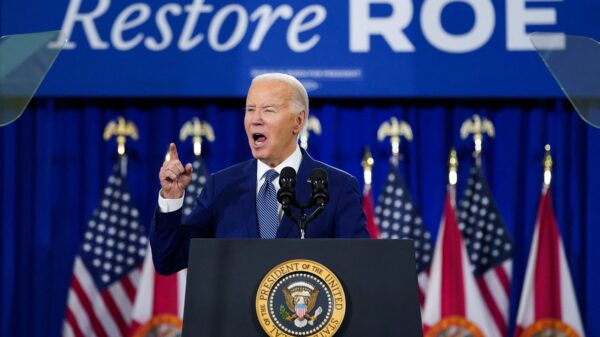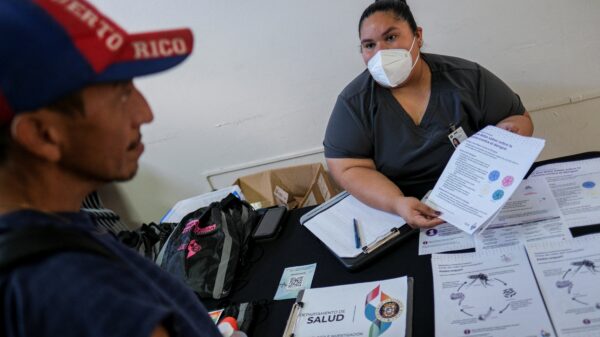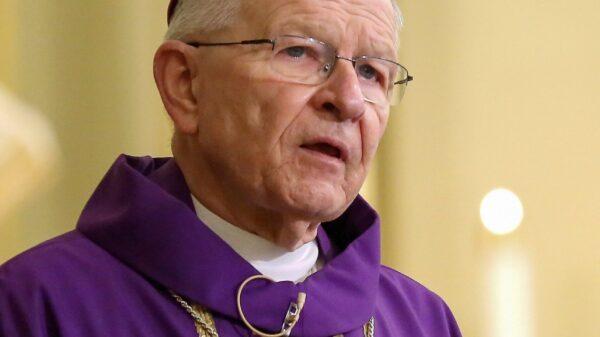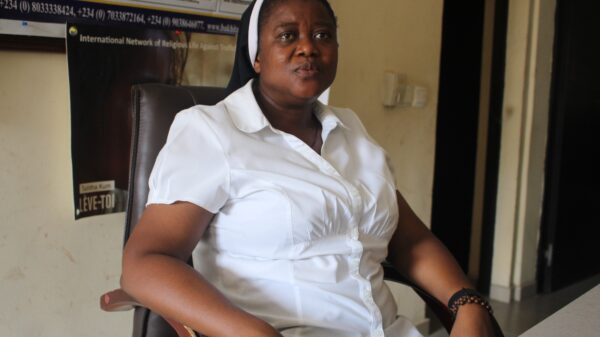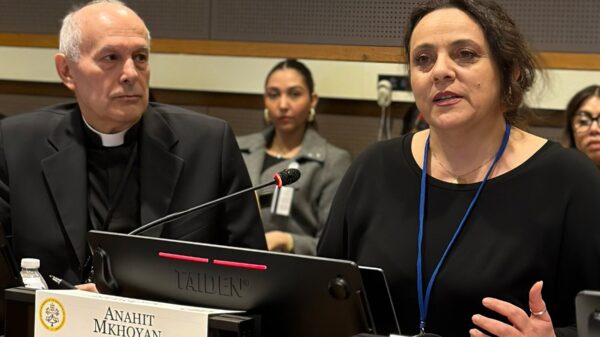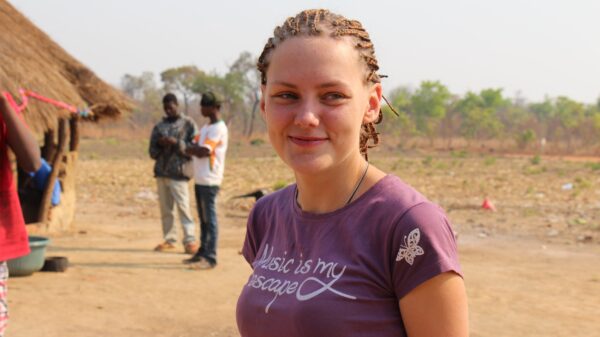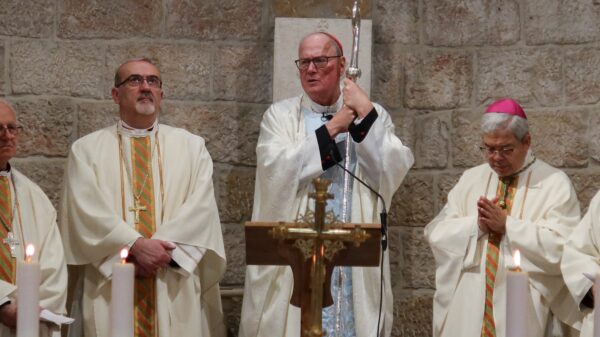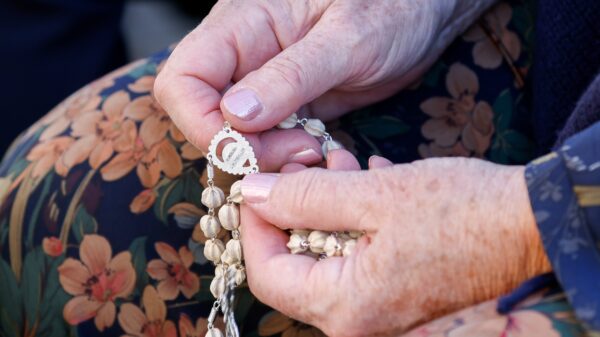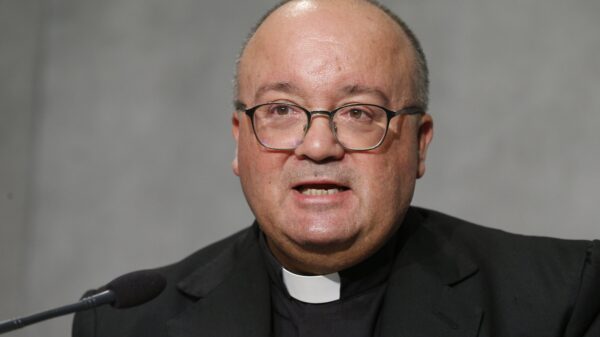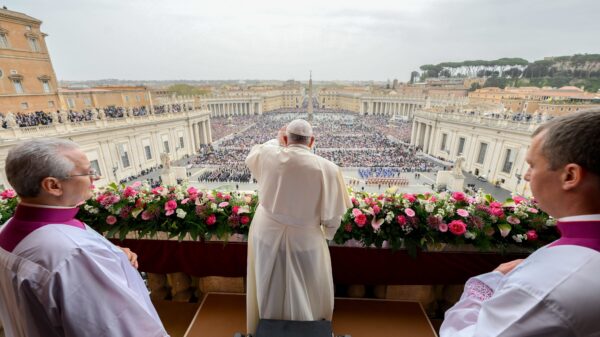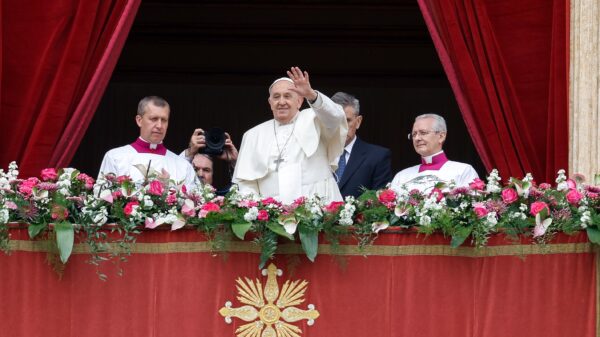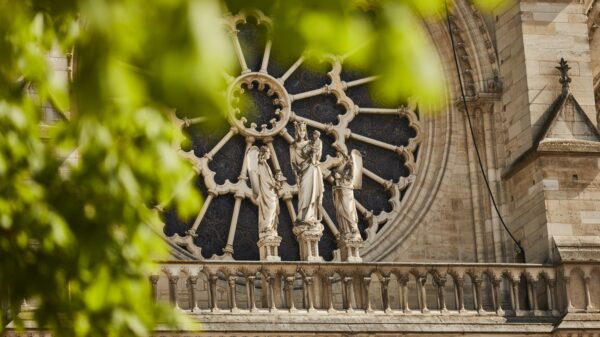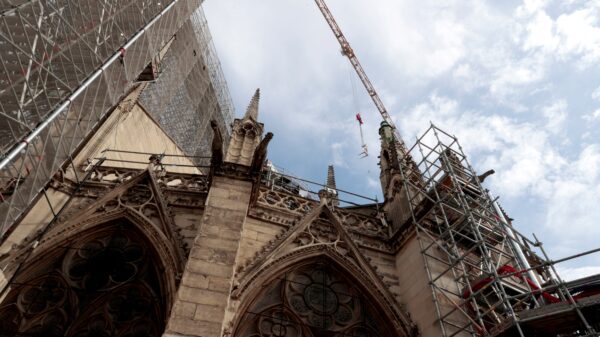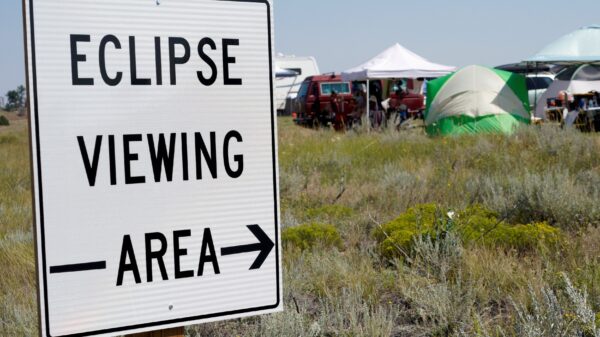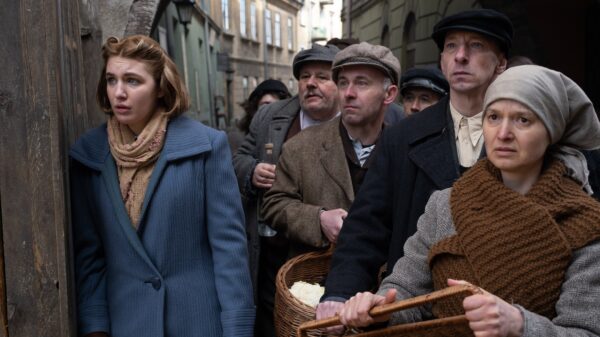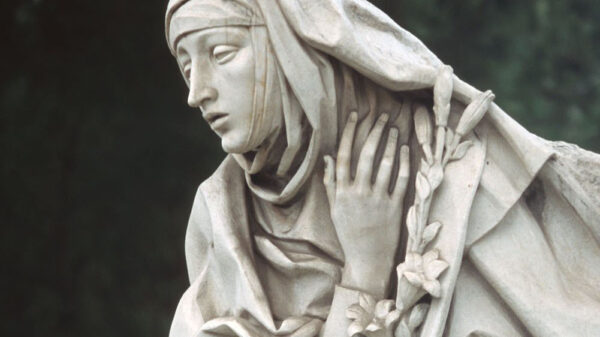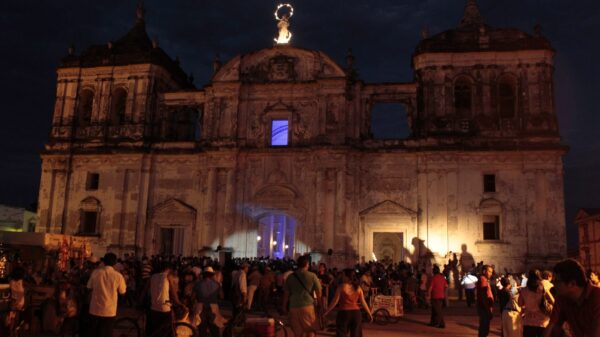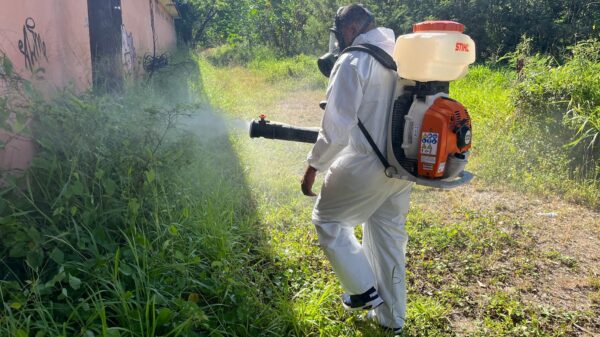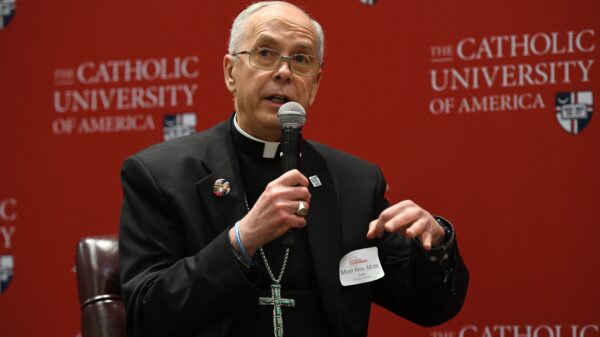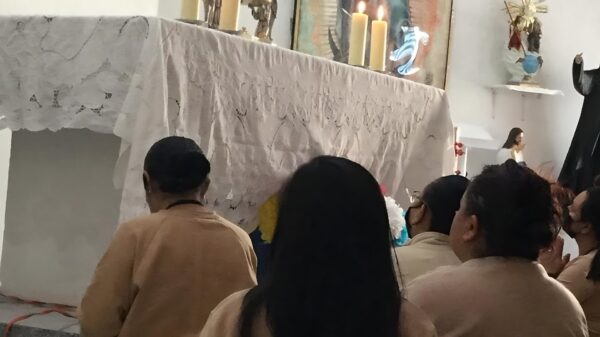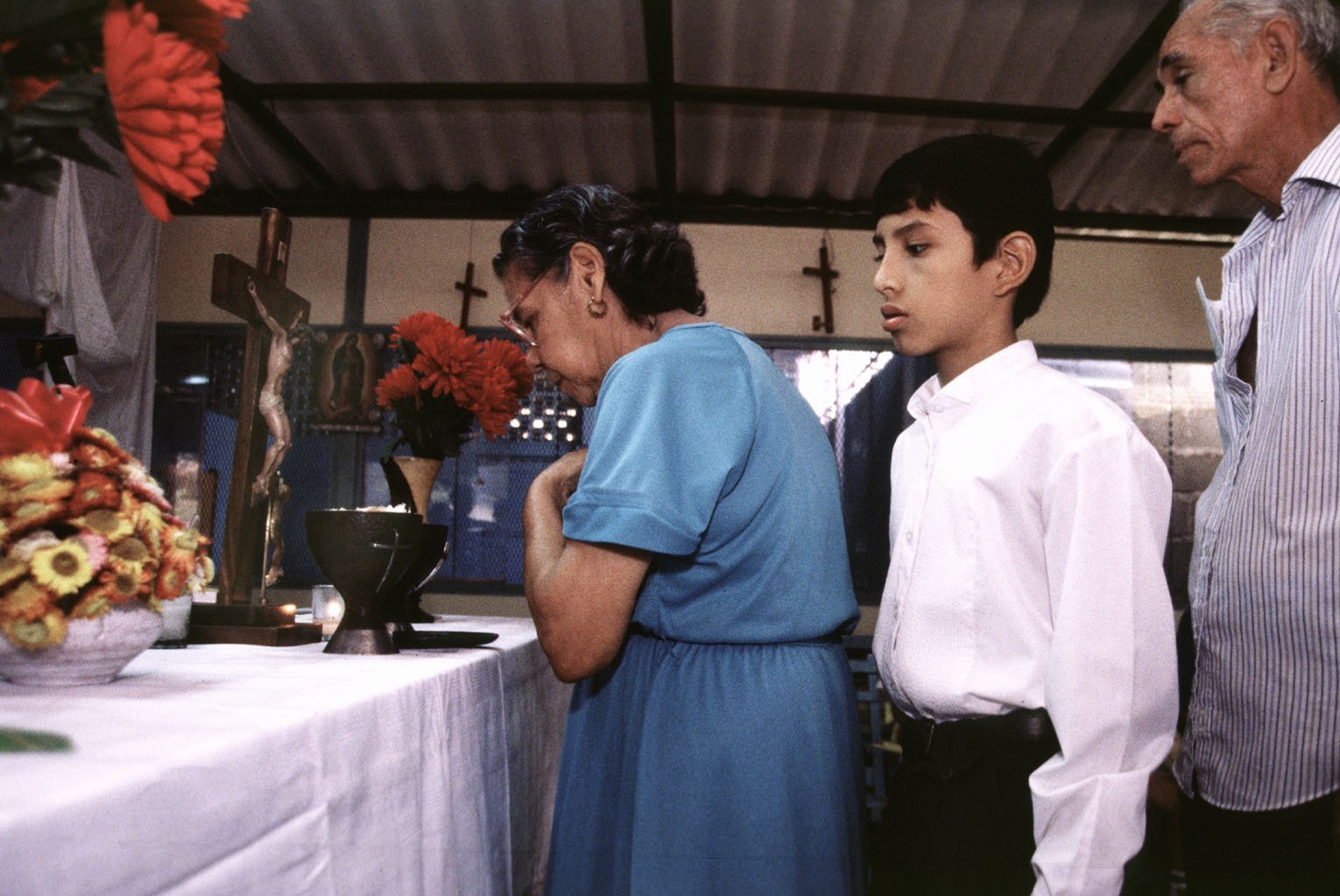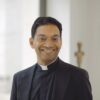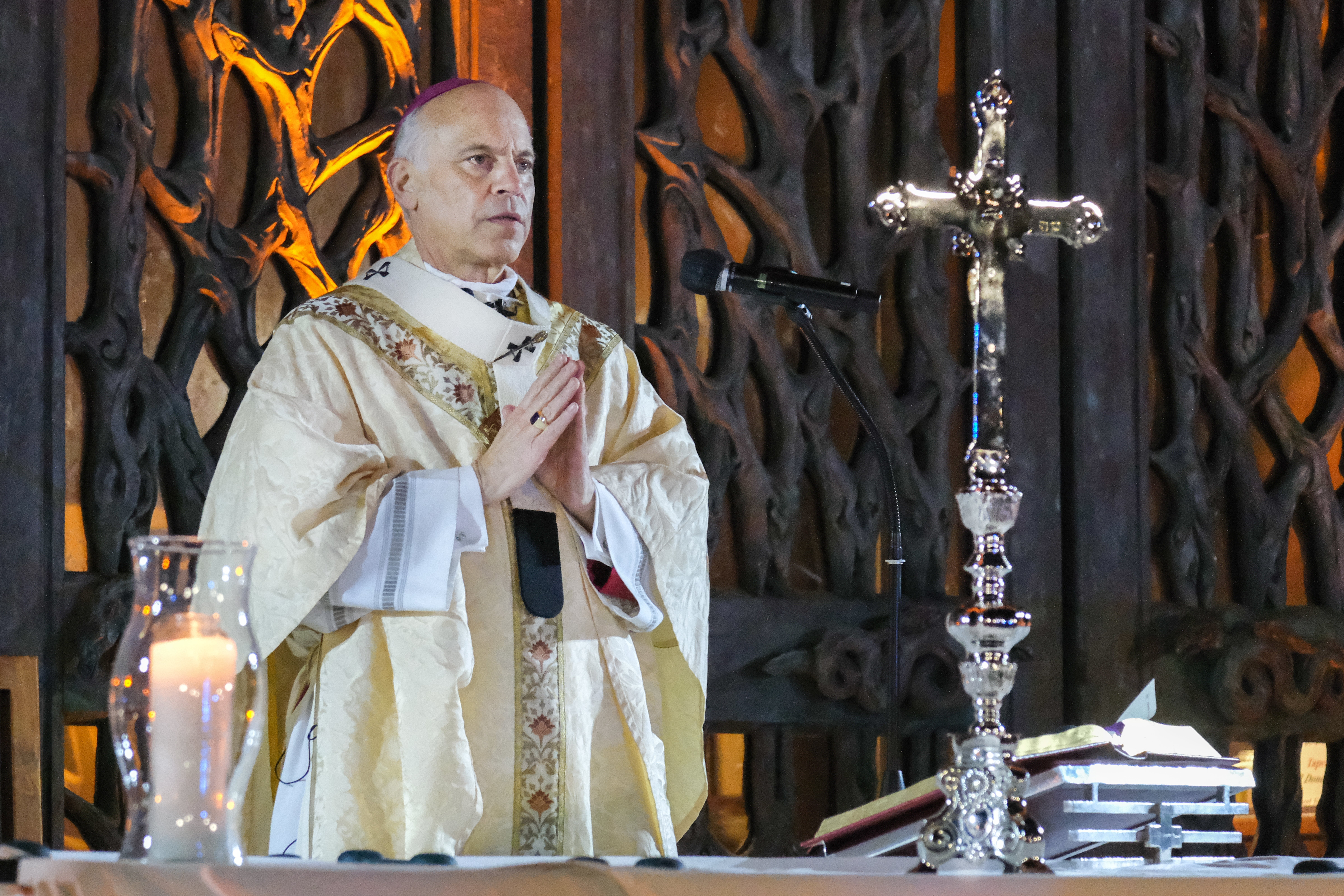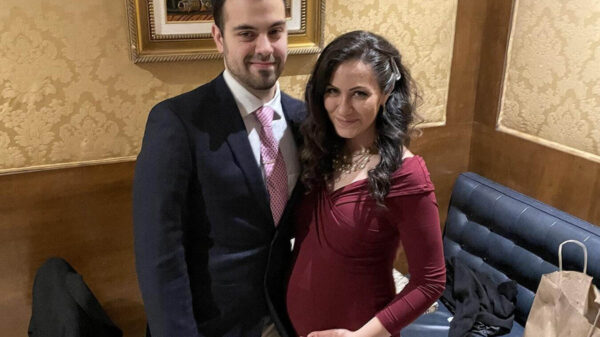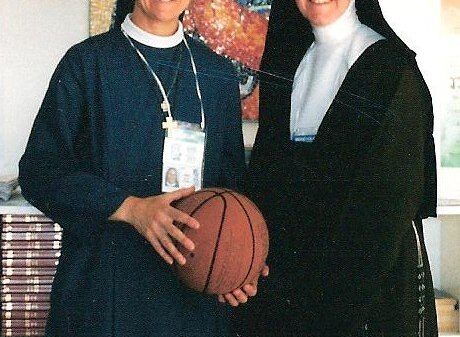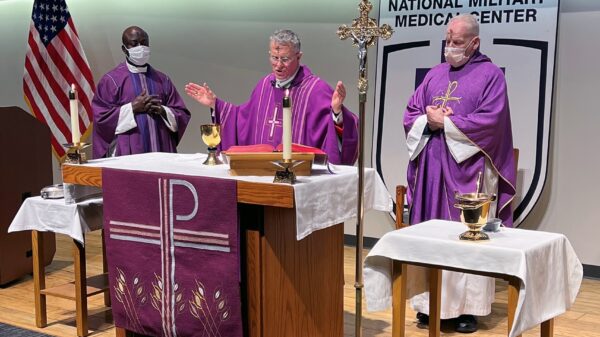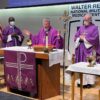(OSV News) — Throughout the various stages of the Synod of Bishops on synodality, several church leaders have referred to a new model of church that includes basic ecclesial communities. But what exactly are those?
The communities — often referred to as CEBs for their Spanish acronym (comunidades eclesiales de base, also referred to as BECs) or as BCCs for Basic Christian Communities — are prominent in Asia and Latin America. The Association of Member Episcopal Conferences in Eastern Africa refers to them as Small Christian Communities and has made them part of the ecclesial structure of the church.
Some such communities also exist within at least four archdioceses in the United States, primarily within ministry to the Hispanic communities in Baltimore, Washington, Chicago and Los Angeles.
The communities are small groupings of families that meet to pray, study Scripture, discuss needs and problems of group members, and make decisions about action that needs to be taken. The lay leaders receive special training.
But unlike Bible study or even Renew groups, these communities have members who function somewhat as a family, who consider the meeting a sacred space to unburden themselves, share problems and help other members.
Father Jose Navez Puthenparambil, who helped organize Basic Christian Communities in the Indian Diocese of Vijayapuram, explained the structure to OSV News. The whole diocese is a community of parishes, he said. Parishes are communities of Basic Christian Communities. BCCs are communities of families, which are communities of people.
Synodality — walking together, listening to the people, then listening to the Holy Spirit — “is practiced in the BCCs,” said Father Puthenparambil.
“Synodality is actually about Basic Christian Communities. When synodality is practiced in all levels of the church, synodality is realized,” he said. “That happens through Basic Christian Communities.”
Maryknoll Father Joseph Healey, who spent 55 years working in Africa, emphasized that “in Eastern Africa, the Small Christian Community model in the church is not a program, it’s a way of life.”
He said some African church leaders say people in the West do not understand the communities because the parish structure is slightly different. African parishes have subparishes, which have mission stations or outstations; those mission stations have Small Christian Communities, groupings of families.
Father Healey said the Second Vatican Council members agreed that the “basic juridical unit is the parish,” but bishops can develop pastoral structures that are compatible with the local communities. In Africa, some parishes have 30 outstations, and a priest can only visit once a month. Father Healey predicted that in the United States and Europe, as elderly priests retire and vocations stagnate, the West will adopt a model of church with the smaller communities.
The idea has been present in the synods in the past. In a 2012 interview with National Catholic Reporter during the Synod of Bishops on Evangelization, Austrian Cardinal Christoph Schönborn of Vienna said, “Many bishops from around the world have spoken about the Small Christian Communities.”
“We’re forced to reduce the number of parish structures, with all their administration and expenses, but we want to favor a growing number of Small Christian Communities led by laity — laity who aren’t full time, who aren’t bureaucrats, but volunteers,” he continued. “These are people living in the field, who do what laity in many parishes and other communities already do, which is to take responsibility for a large part of the life of the church, the vibrant aspects of community life.”
“We want to implement more explicitly the great theme of Vatican II: the common priesthood of all the baptized, with the ministerial priesthood at its service, promoting the holiness of the people of God,” the cardinal said in what could be a definition of a Small Christian Community.
In April, at a Vatican press conference to present the present the conclusion of the second stage of the synodal process, Xavière Missionary Sister Nathalie Becquart, undersecretary of the synod, spoke of the “seeds of synodality” in different cultures and referred to “the experience of Small Christian Communities.”
In an Oct. 23 synodal press conference in Rome, Cardinal Schönborn praised the idea of “journeying together” at the current synod, while discussing important issues with women and laypeople at the tables, and underlined that what struck him was “the fact that Europe is no longer the main center of the church.”
“There are other centers, and this is evident from what we live in the daily meetings of the synod,” he said, pointing to Latin America, Africa and Asia, where Small Christian Communities thrive.
Francisco Bosch, a Latin American lay theologian, who coordinates formation of the region’s basic ecclesial communities, emphasized, as Father Healey did, that “the CEBs are not a movement, but a way of being church. And they’re the basic level of the ecclesial structure. They’re the space where I live my faith. A parish may gather 20 CEBs, and I’ll take part in parish life too, but my CEB is my basic space.”
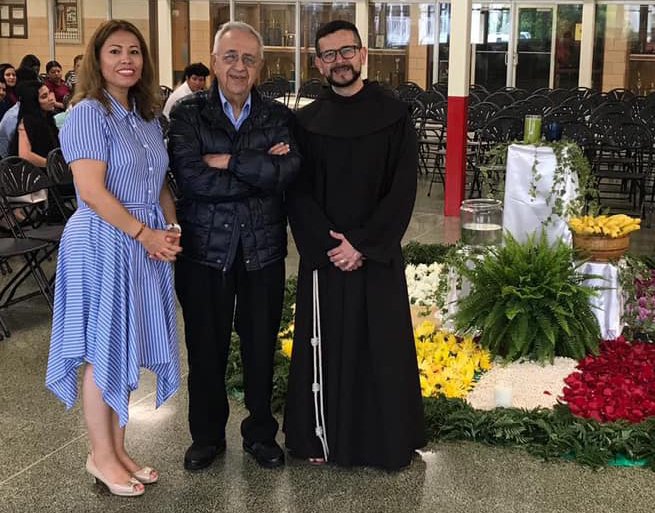
In Latin America, “the CEB participants are the poorest people in each territory, and that’s the main aspect,” he told OSV News. He noted that in North America, many CEBs are formed by Latin American immigrants.
The CEB members “are very humble people and generally feel embarrassed when they are asked about many subjects, like work, for instance. But they always feel comfortable to talk about their faith, because that is something that they experience in their daily lives.”
“They suffer many violences in their lives,” Bosch said. “They live in a world with so many problems, like fascism, war and hunger. But they keep finding God’s sweetness and love.”
In Latin America, the CEBs are “autonomous, but they’re connected to the church,” he said. “The leader in the CEBs is somebody who is not dissociated from the community. If the community is facing hunger, he’s also facing hunger. It’s not like a politician or a priest, who will have something to eat despite the circumstances.”
The priority is listening, a theme often brought up in discussions about the synod. CEB members practice “ritually listening in a world where nobody has the time to listen.”
In many instances, the Small Christian Communities meetings are held in people’s homes and often they share a meal or food. Lia Garcia, director of the Office of Hispanic Ministry in the Archdiocese of Baltimore, said it is not a social event, “but with the Hispanic community, sharing a meal is just part of who we are.”
Small Christian Communities “are the church as the church began. … They are a group of people who come together to be church for one another.”
The archdiocese has 18 communities at six parishes, and communities are being formed at two more parishes. Although every community is different, said Garcia, all meetings have three criteria: meet in the home, a Bible reading and the check-in — what Garcia calls the most important component of the community: How is everybody doing? Otherwise, it just becomes a Bible study.
“What are the things that they need prayer over,” she said.
During the check-in, if a problem comes up, “everything else stops,” Garcia said. Community members are not expected to solve the person’s problems, but listening is “very important.”
Franciscan Father Edgardo Jara Araya works with base ecclesial communities at St. Camillus Parish in Silver Spring, Maryland, which is in the Archdiocese of Washington. For his doctorate in ministry from Fordham University in New York, he wrote his dissertation on three of the parish communities. He told OSV News many BEC members also belong to other movements, such as charismatic renewal or the Legion of Mary, but the Small Christian Communities only have 12 to 15 people.
“How can we participate with the struggles and joys” of people if “we don’t know anything about them?” he asked. At Mass, you sit next to someone, but “you don’t know if that person is struggling with something.”
For his dissertation, he interviewed nine St. Camillus BEC members, from Guatemala and El Salvador. He said they told him the BEC is where they share “their experience of life, their struggles, their joys.” And all of them, he said, spoke of their community members as “family.”
It’s not all sugar-coated, however. Garcia said she thinks U.S. dioceses “don’t know how to define the small faith communities.” Some who do not know them associate the communities with liberation theology in the 1970s and 1980s in Latin America. The 1969 Rockefeller Report on Latin America presented liberation theology as a risk for U.S. national security.
Father Healey, now working with hybrid and virtual Small Christian Communities from his home in New Jersey, once asked a Catholic sister about the communities. He said the sister told him that the biggest obstacle to such communities in many U.S. dioceses is that “white, middle-class Americans do not want to be vulnerable to each other in faith-sharing groups.”
“The power in America of individualism and privacy dominates,” said Father Healey, “and with secularism, it fights against the spirit of community.”
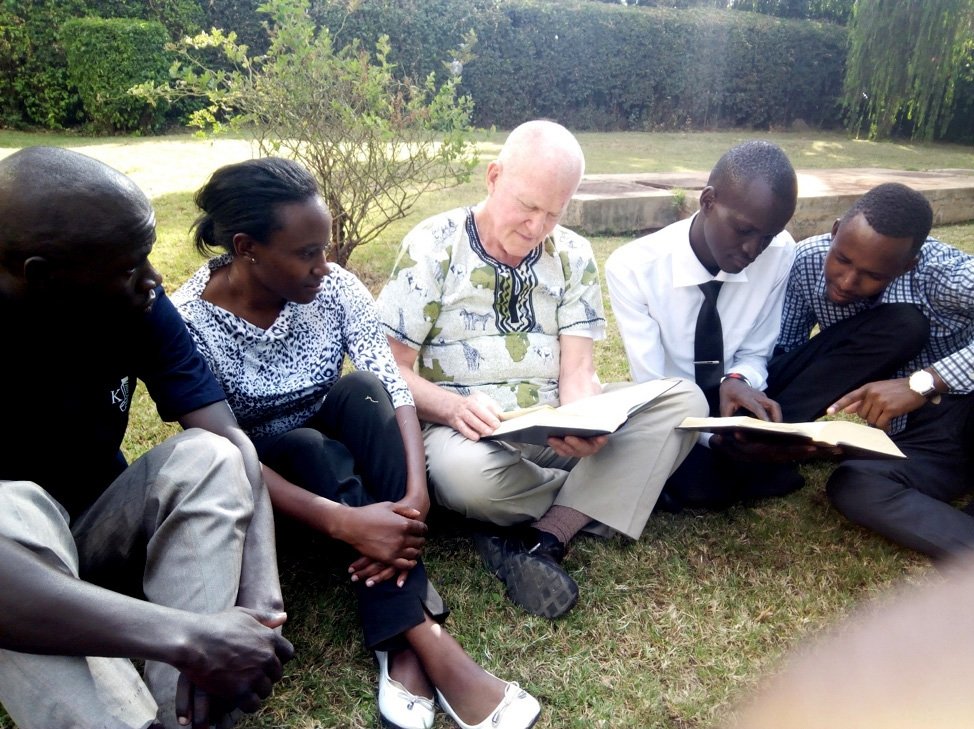
While Catholics may have reservations about the idea of Small Christian Communities in the United States, the groups are thriving in Africa. Each Saturday morning at 7:30, about 21 Catholics meet at a home in Sacred Heart Nguluni Parish in the Machakos Diocese, southeast of Nairobi.
Florence Kamene, 47, is part of the group, whose members range in age from 30 to 80. They form the Small Christian Community known as St. Anastasia.
“We chose this time because many of us are not at work on this day,” Kamene told OSV News. “We also decided to be meeting early in the morning so that people can attend to other activities.”
She said the group was formed “to help and encourage each other to grow in faith. We know each in the community, and we try to bring everyone who is a Catholic to the meetings. We rotate the venues, such that if we meet in my house this Saturday, we will meet in the next member’s the coming Saturday. In the meetings, we pray, sing and recite the rosary.”
“We read the Gospel and discuss how that is going to help us,” Kamene added. “Then we pick an activity around the topic of the discussion. For example, if it is about helping the needy, we find a needy person or child and offer our support.”
Small Christian Communities are part of the ecclesial structure of the Catholic Church in Eastern Africa. They bring together neighbors, who not only pray but support each other in small ways — even by donating “50 Kenya shillings (US 33 cents) every Saturday that we use to buy plastic seats for each member on a rotational basis.”
“I think these communities are very important in the church,” said Kamene. “They bring us together, help us grow spiritually and give us an avenue to unite and support each other as Catholics.”
“We visit each other to pray when one is sick or bereaved. … If a member has a wedding, we take roles as ushers and prepare (beautify) the church for that special day,” she added.
Sometimes a priest visits, but the Small Christian Community meetings are in addition to the members attending Mass.
Blaise Peterlish Okinyi Akite, 52, is a member of Sacred Heart Catholic Parish in Nairobi. His Small Christian Community of St. Paul has 40 members, but he said only 20 are active.
The community is a source of “spiritual growth and nourishment,” he explained. “We meet every Sunday after the second Mass, between 1 and 2 p.m. At the meeting, we read the Word and pray together. We also take time to discuss the reading of that day.”
“One Sunday, meetings can be organized in my house, and all members would come. From there we would pray together, encourage each other and carry out all the activities related to the Small Christian Community,” he added. “When they come to my house, I feel encouraged, a sense of acceptance, and I feel that there is a general concern by the members.”
He told OSV News he had lived with his now-wife for 15 years, but members of the Small Christian Community encouraged him to solemnize the marriage.
“Sometimes, when I feel that I am getting weak regarding the participation in the church, I draw encouragement from this group. The members come to encourage and inspire me. Many also call to check on me. The Small Christian Community helps a lot,” he said.
More than 6,000 miles away, across the Atlantic, Pamela Rojas is a member of a Small Christian Community in Lambaré, Paraguay. In Latin America, such communities are known as basic ecclesial communities, or CEBs for their Spanish acronym comunidades eclesiales de base, and often they are found in the poorest areas.
Rojas told OSV News she was excited about a meeting of young CEB members in July. They met in a rural area and in a city. About 40 people were at each encounter.
“We listened to their testimonies, their clamor, their expectations for four days,” said Rojas. She said they discussed faith and politics, ecclesiology, drug addiction and environmental contamination. Afterward, ministries were formed to help address the problems.
Listening, which with prayer and action is a key component of a CEB, brings together personal and community issues, said Rojas.
“When a person is giving his or her testimony, his or her journey following God, it’s easy to recognize its relations with community life,” Rojas said.
“It was like going back to the center of my own faith,” she said of the experience. “In our world, everything is fast. We even speed up the audio messages we receive in our cellphones. We’re working to calm down our spirits, our hearts, and really listen to each other.”
Barb Fraze writes for OSV News from Virginia. Contributing to this story was Eduardo Campos Lima in São Paulo and Fredrick Nzwili in Nairobi, Kenya.


